The Biggest Strategy Myths In Golf... Debunked By Data!
We dispel some of the biggest myths in the game when it comes to optimum strategy and club selection. Some of which will really surprise you!
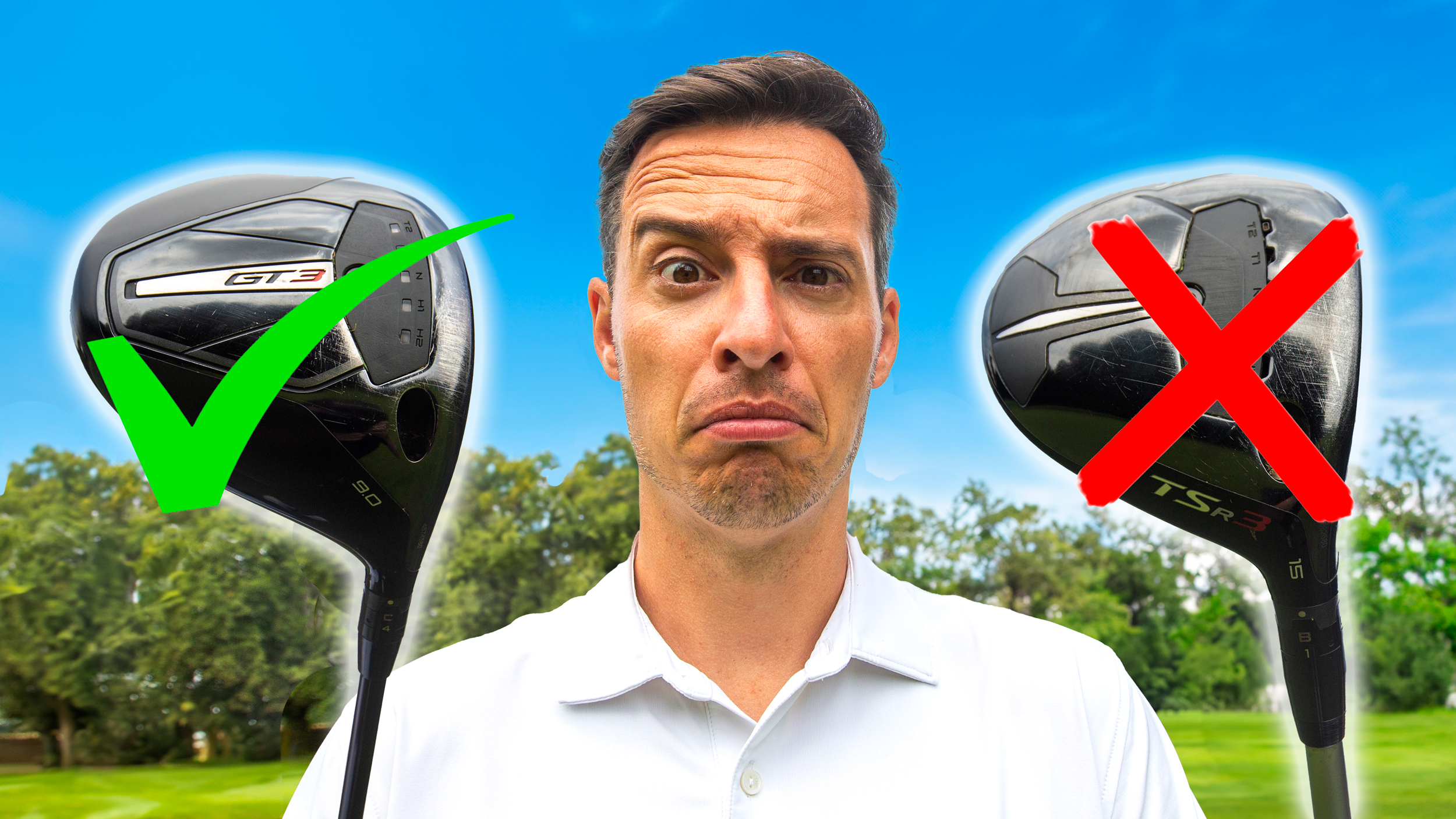

Keep your head down, practice makes perfect. The list goes on. These common sayings or myths are banded about but when you look into it in more detail, there's often not much truth behind them.
The same can be said of golf strategy and some of the misconceptions around course management and club selection. So with the help of data from Shot Scope, we're going to dispel some of the biggest myths in the game to help you make better decisions on the golf course.
Myth 1: 3 Wood is more accurate off the tee than driver

When it comes to a tight hole where a fairway finder is needed, many players will keep the driver in the bag, believing that they will find the fairway considerably more often with the three wood. The theory makes sense - the extra loft and shorter shaft should make it easier to control but Shot Scope data shows players only hit 1–2% more fairways with three wood than driver — a negligible difference.
This is obviously player dependent - some people hit their driver terribly, others their three wood really well, but the averages for every handicap suggest there is little advantage in benching the driver in favor of three wood.
In terms of scoring, where players think the three wood is going to benefit their scoring, it is actually more likely to hinder them. This is because they are at least 20 yards further away from the green and just as likely to be in the rough. The only time the three wood is safer off the tee is if a hazard is within reach of the driver. Otherwise, pull out the big stick and let her rip!
Myth 2: Better players hit every fairway

You might think that good players have it on a string off the tee but Shot Scope data tell us that lower handicap players do not hit a significantly greater number of fairways per round compared to higher handicap players.
Missing fairways is actually very normal. Last year on the PGA Tour (2024), the driving accuracy average was 61% with the leader in the stat at 72%. The main difference between the high and low handicap players is actually distance. A scratch golfer is on average 80 yards longer off the tee than a 25 handicapper, which is a huge advantage.
Subscribe to the Golf Monthly newsletter to stay up to date with all the latest tour news, equipment news, reviews, head-to-heads and buyer’s guides from our team of experienced experts.
Myth 3: Par threes are a birdie opportunity
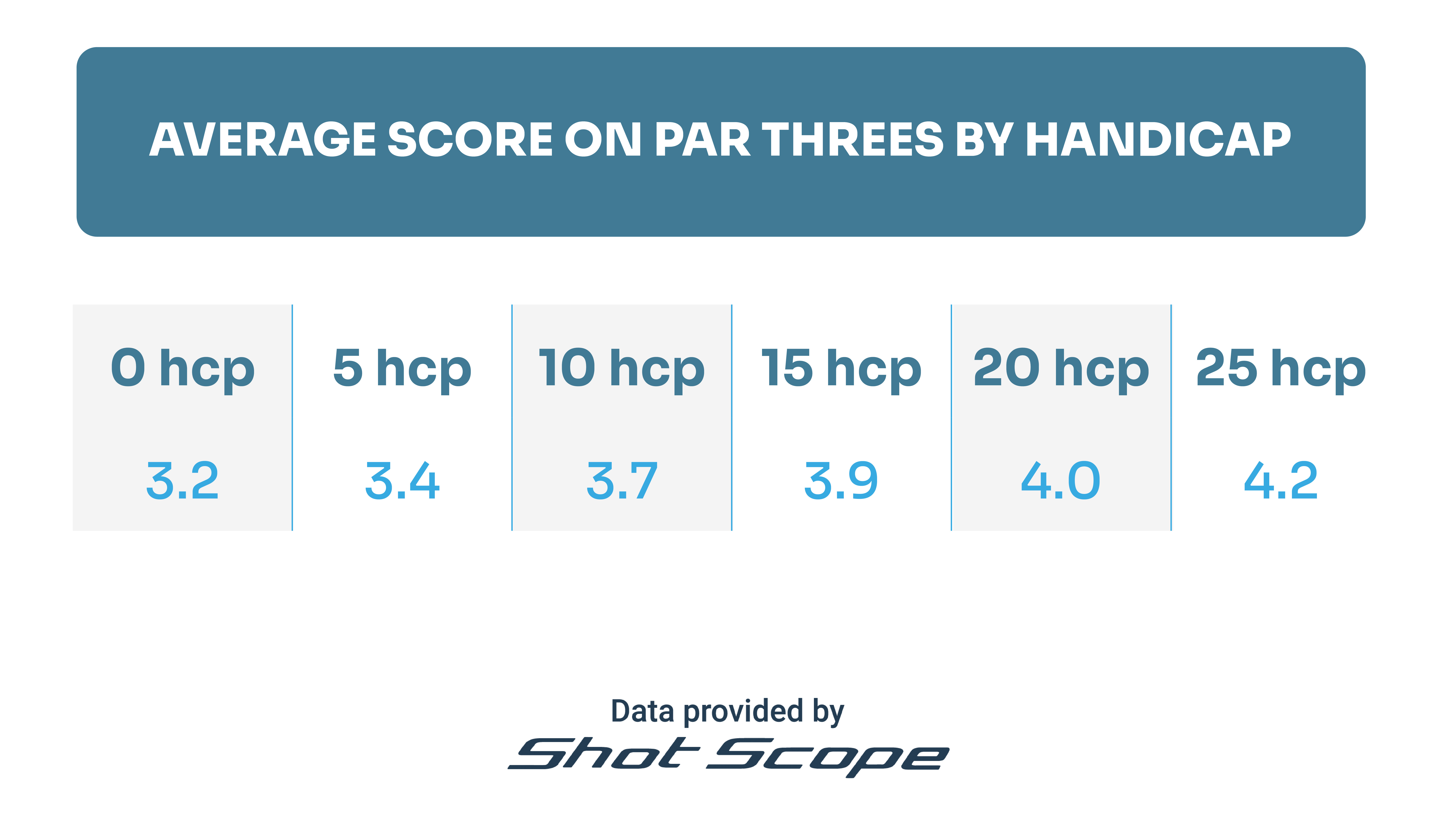
You might think short holes, par threes, represent a better birdie opportunity than longer par fours or fives but in reality, you get paid out for a birdie 2 in your club comps for a reason! They actually gain you two strokes on the field in some cases.
Shot Scope data shows players above a 10 handicap average 3.9 - 4.2 strokes on par par threes. That makes par a true gain — and a birdie a two-stroke swing. So make a par on a par three, you’re gaining on your competitive set.
Myth 4: You should hit approach shots close from 100 yards
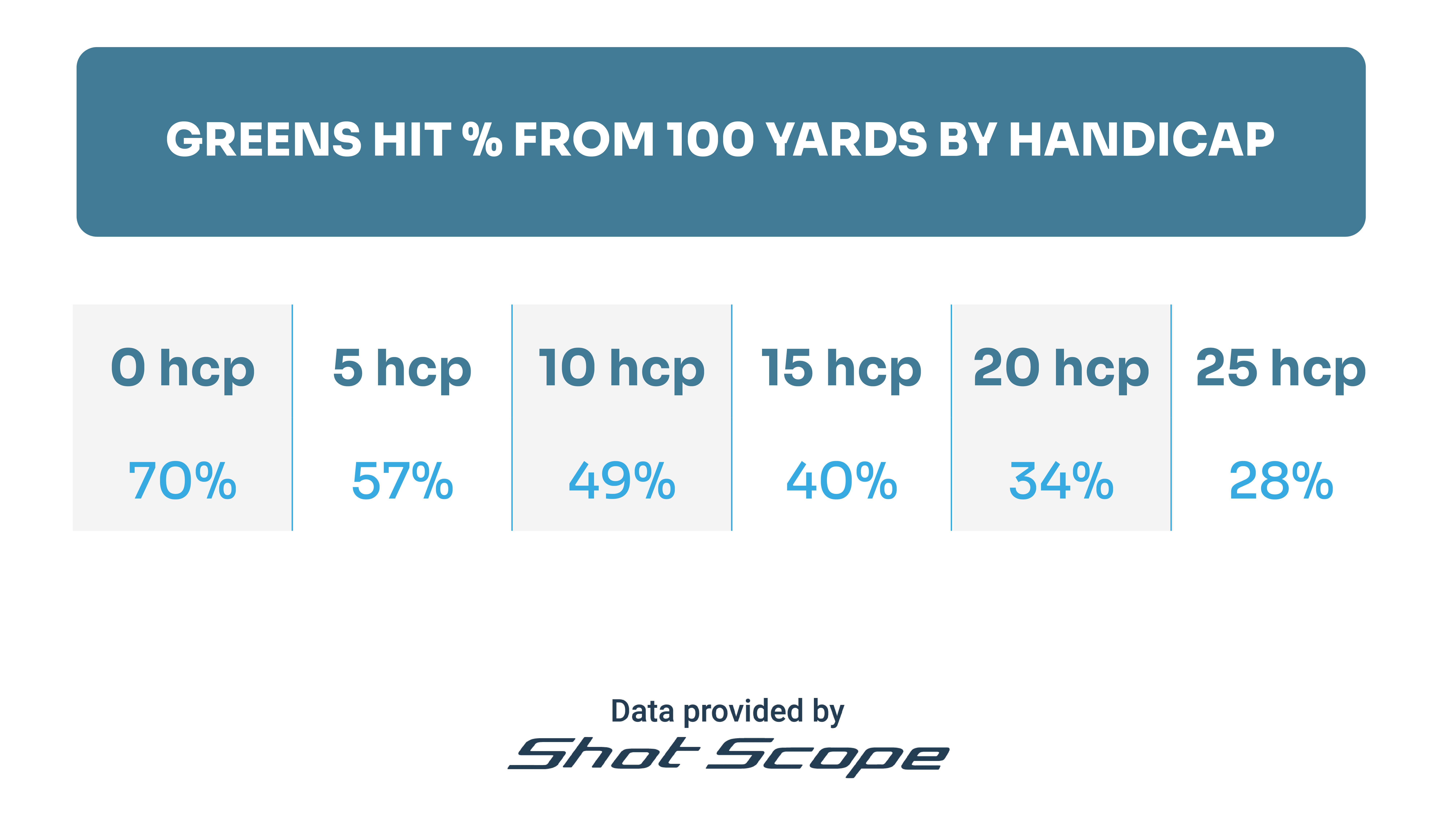
The amateur golfer may think that they should be hitting it close to the flag from 100 yards but the reality is that for most, simply hitting the green is a good start.
10 handicappers are looking at a toss of a coin in terms of whether they hit the green, missing slightly more than they hit. The average golfer (15 handicap) misses the green six times in every 10 attempts, and for the 20+ handicapper, their chances of finding the putting surface are around one in three.
Expecting to hit it stiff from this distance will only lead to frustration. Instead, stop firing at the pin and aim for the heart of the green to avoid heartbreak. For most abilities, just finding the green will mean a gain over your competitive set.
Myth 5: I should lay back on par fives to a favorite yardage
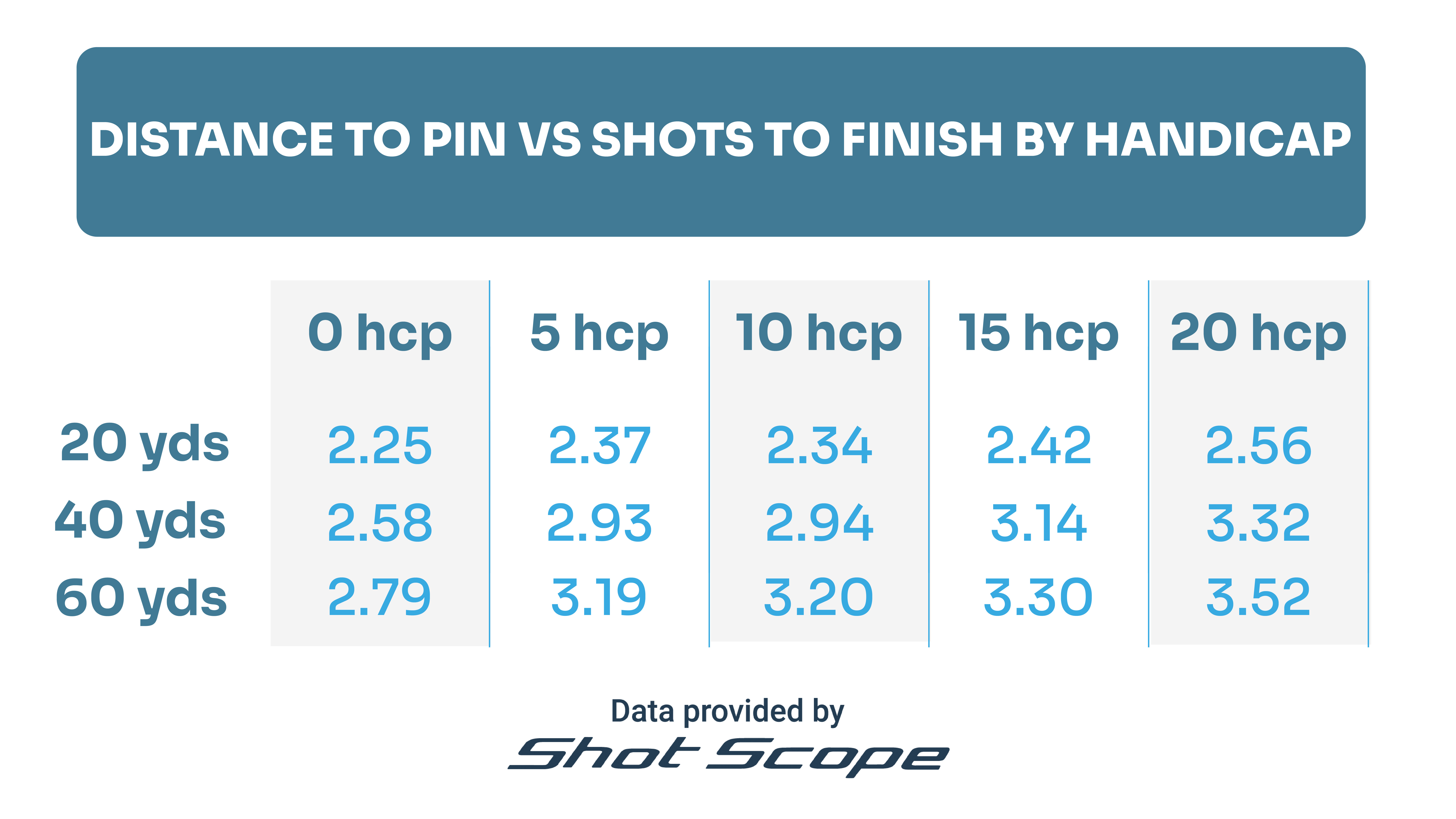
When players are considering a layup, they should try get as close to the green as possible as they will get down in fewer strokes - preferred yardages are not really a thing according to the data.
The 20 handicap golfer example in the image above highlights this. They are nearly a full stroke worse when playing from 60 yards compared to 20 yards. Even for the scratch golfer, the difference from 20 yards vs 60 yards is over half a stroke. So when possible, closer will almost always be better.
Myth 6: You should be holing more than you miss from 10 feet
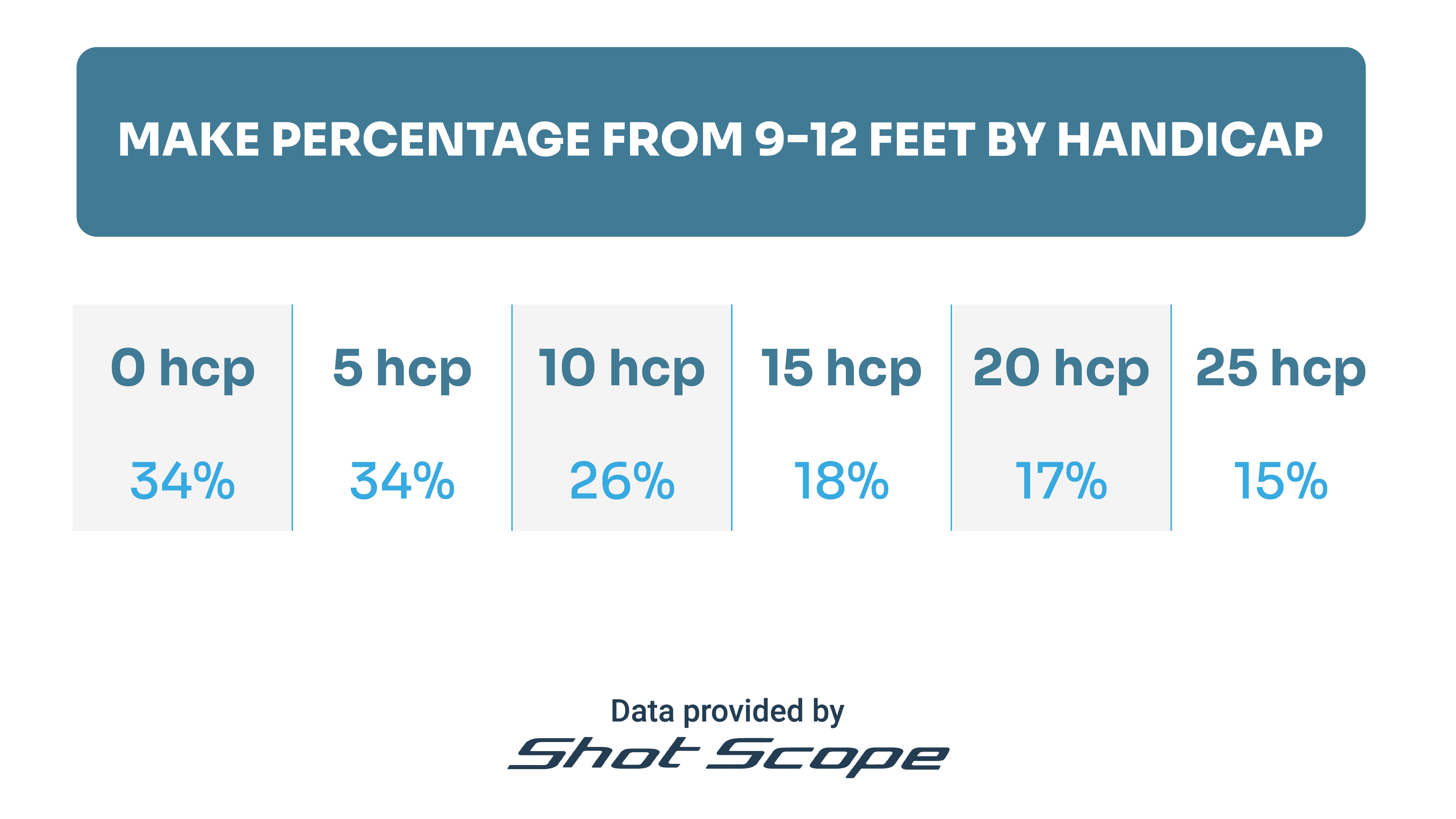
From 10 feet, many amateurs assume they should be holing their putt, but the data says otherwise. For the scratch and 5 handicap player, the benchmark is 1 in every 3 attempts. For the 10 handicapper it's every 1 in 4 attempts and for the 15/20 handicap it's just shy of 1 in every 5 attempts.
They can obviously be holed, but the data would suggest you are more likely to miss them than hole them, so adjust your expectations from this distance and don't put too much pressure on yourself - a two putt is fine!

Joel has worked in the golf industry for over 15 years covering both instruction and more recently equipment. He now oversees all equipment and video content at Golf Monthly, managing a team of talented and passionate writers and presenters in delivering the most thorough and accurate reviews, buying advice, comparisons and deals to help the reader or viewer find exactly what they are looking for.
One of his career highlights came when covering the 2012 Masters he got to play the sacred Augusta National course on the Monday after the tournament concluded, shooting a respectable 86 with just one par and four birdies. To date, his best ever round of golf is a 5-under 67 back in 2011. He currently plays his golf at Burghley Park Golf Club in Stamford, Lincs, with a handicap index of 3.1.
Joel's current What's In The Bag?
Driver: Titleist GT3, 9°, Fujikura Ventus Black 6 S shaft.
Fairway wood: Titleist TSR3, 15°
Hybrid: Titleist TSi2, 18°
Irons: Titleist T150, 4-PW
Wedges: Titleist Vokey SM10, 50°, 54° and 58°
Putter: LAB Golf DF3
Ball: 2025 Titleist Pro V1x
You must confirm your public display name before commenting
Please logout and then login again, you will then be prompted to enter your display name.